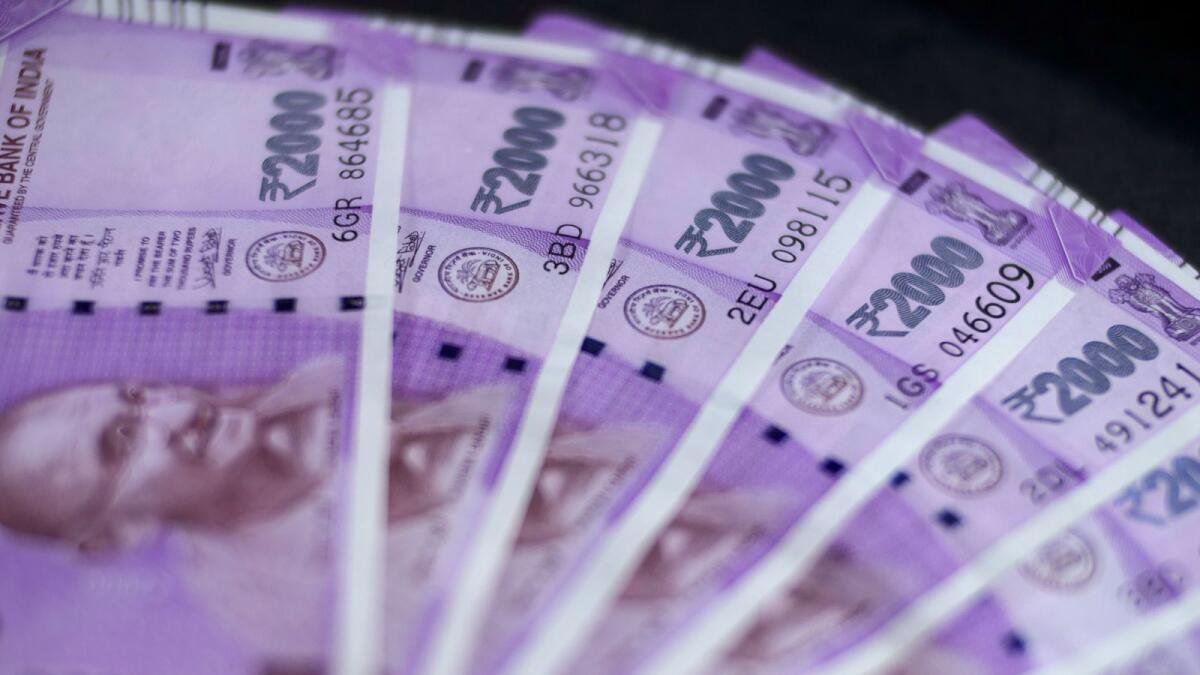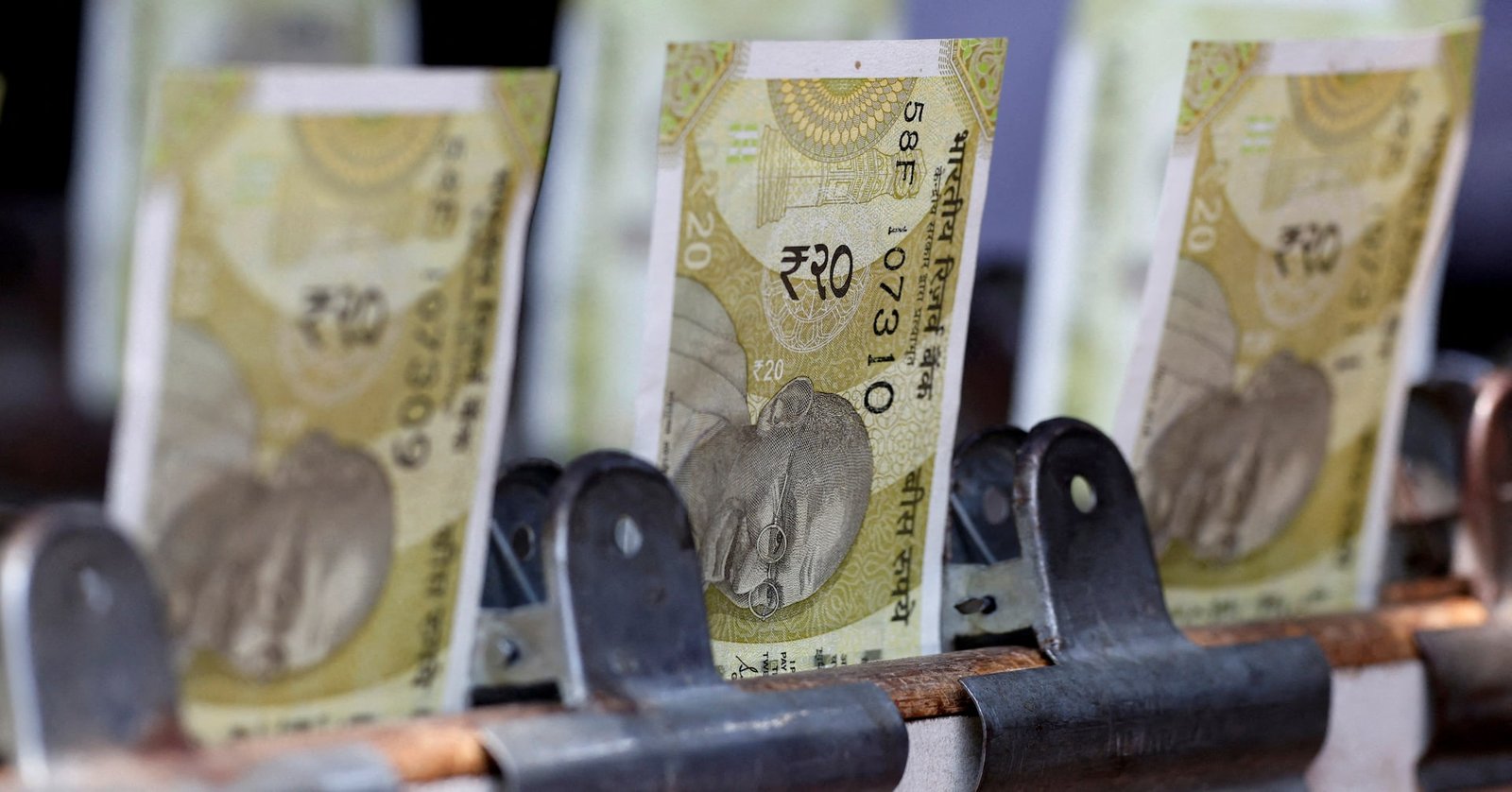By Mihika Sharma
The Indian rupee remained largely unchanged in the week ending August 16, closing at 83.95. Easing US recession concerns, a slowdown in the unwinding of carry trades, and moderating oil prices offered some support to the rupee. However, a wider trade deficit in July and foreign portfolio outflows exerted some pressure. Nevertheless, likely interventions by the Reserve Bank of India (RBI) kept the rupee rangebound.
During the week, the dollar index softened by around 1% to 102.5, driven by stronger-than-expected retail sales and a decline in the initial jobless claims, which alleviated worries about a US recession. Retail sales increased by 1% month-on-
month in July, the largest increase since January 2023 and exceeded the forecasted 0.3% rise. The number of people claiming for unemployment benefits fell for the second consecutive week and was below market expectations, indicating that the US labour market may not be cooling as rapidly as previously anticipated.
Market Participants Look For 25 bps rate cut in September
Consequently, market participants trimmed their aggressive bets of US Fed rate cuts, with the odds of a 50 basis points (bps) rate cut in September dropping to 25% from 50% a week earlier. The market is now pricing in a 75% chance of a 25bps Fed rate cut in September as inflation continues to move towards the Fed’s 2% target. US consumer price inflation slowed for the fourth consecutive month to 2.9% year-on-year in July, down from 3% in June, marking the lowest rate since March 2021. Core consumer price inflation, which excludes food and energy, eased to 3.2% in July from 3.3% in June, marking the lowest level in three years.
By the end of the week, Brent crude oil prices fell to USD 79.6 barrel from USD 82.1 per barrel at the beginning of the week, as concerns over weak demand from China outweighed Middle East tensions. Data pointed towards an economic slowdown in China, with new home prices in July contracting at the fastest rate in almost a decade and industrial output moderating. The Organization of the Petroleum Exporting Countries (OPEC) and the International Energy Agency (IEA) also cut their
forecasts for oil demand growth, citing demand concerns in China.
Trade deficit raises pressure on the rupee
Domestically, India’s merchandise trade deficit widened to USD 23.5 billion in July from USD 20.9 billion a month ago and USD 18.9 billion a year ago, putting pressure on the rupee. Foreign portfolio outflows from Indian stocks continued, with FPIs
pulling out USD 2.5 billion in August (up to August 16). However, the debt segment saw net FPI inflows of around USD 1.1 billion over the same period, supported by India’s bond index inclusion.
In the upcoming week, market focus will be on the Federal Reserve’s annual Jackson Hole symposium. Market participants will closely analyse the comments by Fed Chair Powell for insights on the quantum and timing of Fed rate cuts. Powell
may send a stronger signal that the Fed will likely lower interest rates at the September meeting, given the recent data is indicating lower inflation. Additionally, the minutes from the July Federal Open Market Committee (FOMC) will be released.
The preliminary annual benchmark revisions for US nonfarm payrolls will also be published, however this should not change the present view of the labour market conditions.
We expect the rupee to trade between 83.60 and 84.10 in the near term. It may find support from easing US recession concerns and the approaching Fed rate cuts. However, FPI outflows and any escalation of geopolitical tensions could weigh on the rupee. The RBI is likely to intervene on both sides, as needed, to keep rupee volatility in check.
(Disclaimer: Mihika Sharma is an Associate Economist at CareEdge Ratings. Views, recommendations, opinions expressed are personal and do not reflect the official position or policy of Financial Express Online. Readers are advised to consult qualified financial advisors before making any investment decisions. Reproducing this content without permission is prohibited.)











